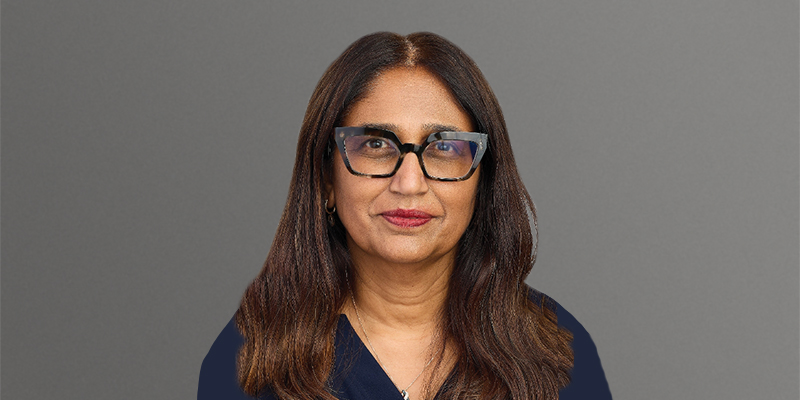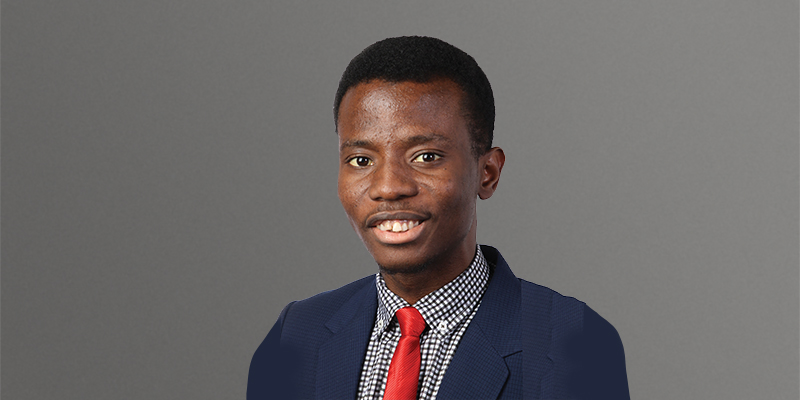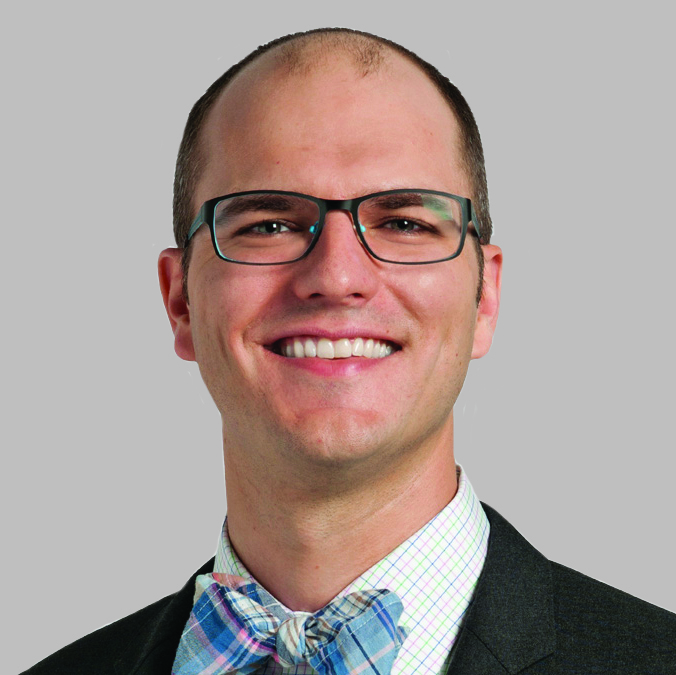
Hematologist-oncologists are increasingly turning to podcasts and social media to learn about new data and to share research findings with their peers.
Many might picture a hematologist-oncologist sporting a white lab coat and surgical mask inside a treatment center or research lab—not behind a microphone or a webcam. However, there are some who do both. Like two sides of a coin, they’re clinicians by trade, podcast hosts on the side.
In fact, many of these podcasters are highly active on social media platforms like X, where they not only promote their own content but share clinical research and even post medical memes.
How do these clinicians balance their day jobs with social media posting and podcasting? Chadi Nabhan, MD, MBA, FACP; Ronak Mistry, DO; and Edward Cliff, MBBS, MPH, offered some tips for health care professionals looking to tread the social media waters.
Find a Niche
Those looking to build an online presence should focus on their specialty or area of expertise, according to Dr. Nabhan, host of “The HemOnc Pulse,” a podcast sponsored by Blood Cancers Today and the Society of Hematologic Oncology.
“The HemOnc Pulse” covers a breadth of topics in the hematologic oncology space. Recently, Dr. Nabhan hosted a series on the 65th American Society of Hematology Annual Meeting & Exposition, in which expert guests such as Jerald Radich, MD; Sangeetha Venugopal, MD; and Saad Usmani, MD, MBA, FACP, discussed various meeting abstracts in acute myeloid leukemia, myelodysplastic syndromes, multiple myeloma, and more.
“We wanted to create a podcast dedicated to the world of hematologic oncology, which has become increasingly complex when it comes to the type of diseases that physicians are dealing with and the therapeutics that are required to be used or that physicians need to be aware of, especially as we have many newer approved therapies recently,” said Dr. Nabhan in an earlier interview with Blood Cancers Today. “This podcast is for folks who really prefer to consume information by listening.”
“The HemOnc Pulse” covers crucial, thought-provoking topics such as coordinating care with complex therapies like chimeric antigen receptor T-cell therapy, navigating drug prices, and making care more affordable to patients.
Dr. Mistry, co-host of “The Fellow on Call: The Heme/Onc Podcast” along with Vivek Patel, MD, and Dan Hausrath, MD, also recommends finding a specific niche to define and drive your brand.
“Once you find a niche you would like to fill, work to figure out a very concrete vision and mission for your platform,” he suggested. “What are you hoping to achieve? What is the audience experience supposed to be?” Before landing on a specific niche, Dr. Mistry recommends scoping out the type of content already being created.
“If you think you want to get into being more active on social media or in podcasting, spend some time seeing what is already out there,” he said. “Once you have an understanding of what is currently available, then you can figure out what is missing or how you can do something differently that would be beneficial for your audience.”
With the ever-growing amount of multimedia and podcasting content getting pushed online daily, how do you make your content stand out?
“The key question is, does the type of podcast you’re looking for exist already? There has been a proliferation of podcasts in oncology, hematology, and hematological oncology in the past couple of years,” Dr. Cliff said.
Dr. Cliff hosts “Blood Cancer Talks” with Rajshekhar Chakraborty, MD, and Ashwin Kishtagari, MD. Their podcast draws in a wide range of experts, such as Alexander Perle, MD, Nancy Bartlett, MD, and Michael Dickinson, MD, to discuss the latest advances in blood cancers.
Shortly after the podcast’s launch in 2022, Dr. Cliff jumped on board as the trio’s designated lymphoma expert.
“Raj leads the plasma cell dyscrasias and myeloma side of things. Ashwin runs the myeloid side of things, and I lead the lymphoma episodes,” he said. “We complement each other nicely in that sense.”
Aside from blending perspectives from three corners of the hematology world, Dr. Cliff outlined the formula that helps their podcast thrive.
“The type of podcast we do is similar to a “how I treat” article in Blood,” he said. “We invite a world expert in an area, start with a case, and then go through that topic with the expert over the course of 45 minutes to an hour. I’m not sure anyone else is doing that in the same way as we are, and so I hope we have a unique value proposition.”
Other than finding a niche topic and including field experts, there’s another key ingredient to hosting a successful podcast—knowing your target audience.
“We have a reasonably good understanding of what our audience wants, because we are our target audience,” Dr. Cliff said. “Our podcast is targeted to people with a strong interest in blood cancers – typically fellows, hematologists, and oncologists. It’s very clinically focused, and we try to host the best people.”
Be Yourself
Dr. Cliff has just over 4,000 followers on X, a platform he uses to share infographics, retweet clinical studies, and, of course, highlight the latest “Blood Cancer Talks” episodes.
“I get a lot of the scientific papers I read from Twitter (now X),” he explained. “I try to follow some of the best people in the field who are reading, sharing, and commenting on the most important articles.”
Dr. Cliff mentioned another main reason he keeps coming back to X— it’s faster and more accessible than email for gaining access to expert information.
“There aren’t that many other forums that enable you to interact with world experts in such a straightforward, rapid, and easy way,” he said.
Similarly, Dr. Nabhan shared a core reason he is drawn to platforms like X.
“Social media really started as a hobby,” he said. “Then, I realized there are a lot of people on social media who are like-minded and who I could learn from and have a conversation with about medical topics.”
However, while X is a convenient hub for knowledge sharing, Dr. Cliff highlighted the main reason the platform stands out—the sense of community it provides.
“The professional communities that we build on X have been really powerful,” he said. “That exists a little bit on other social media, but nowhere really as much as X.”
Dr. Nabhan, who has over 18,000 followers on X, shared a similar sentiment on the value of online community building.
“I started enjoying the community I was building around me and getting to meet people I otherwise wouldn’t have met. You’re always limited by where you work and geography, but social media crosses and expands on these limits” he said.
“Social media really breaks all these barriers, and suddenly you could be communicating with someone who lives in Japan and collaborating with someone who lives in Europe.”
This sense of friendship and community is ultimately what drives engagement in the form of likes, comments, shares, and follows. In fact, Dr. Nabhan highly encourages users to prioritize authenticity on social media. “Be authentic. Simply be who you are,” he urged. “This is important for connecting with your audience and those who follow your work.”
In order to build an audience, it’s also crucial to let your real-world personality shine online.
“Keep it exciting, and it is okay to be silly every so often,” reassured Dr. Nabhan. “This shows the human element of who we are and helps us connect easier with others.”
This sense of connection is also ingrained in the foundation of “Blood Cancer Talks.” Rather than merely lecturing their audience on a specific topic, Dr. Cliff and his colleagues engage in a didactic, interactive conversation with one another. “We go back and forth,” he said. “If someone says something we’re not sure about, we can delve deeper and go down tangents in a way that you don’t get in a lecture.”
Dr. Nabhan also encourages a conversational approach to facilitate stimulating discussions.
“Use social media to stay current and also to share current events in the areas you’re interested in,” he said. “Be polite and respectful to those who disagree with your opinion and leverage social media for civil debates and discussions that can benefit the general public who are interested in health care.”
Push Past the Growing Pains
Many users should expect to experience some growing pains when first starting out, Dr. Mistry said.
“In the beginning, there will be growing pains,” he said. “It’s okay to take several attempts to create your first post or podcast episode. Be open to feedback and commit to wanting to be your very best.”
It might be tough to build a following, but Dr. Mistry believes the hard work is worth it.
“Once you find your rhythm, the process can be incredibly gratifying, especially when you get your first email or message from a follower stating how helpful your content is,” he said. “Let that be your motivation to keep wanting to be better, not a message to become complacent.”
Melissa Badamo is an Assistant Editor for Blood Cancers Today.






 © 2025 Mashup Media, LLC, a Formedics Property. All Rights Reserved.
© 2025 Mashup Media, LLC, a Formedics Property. All Rights Reserved.